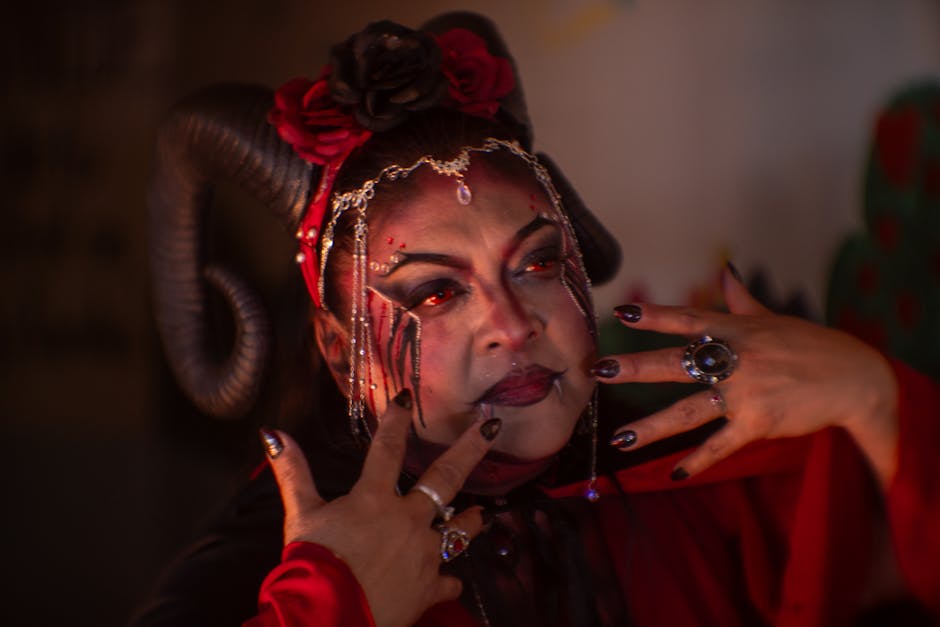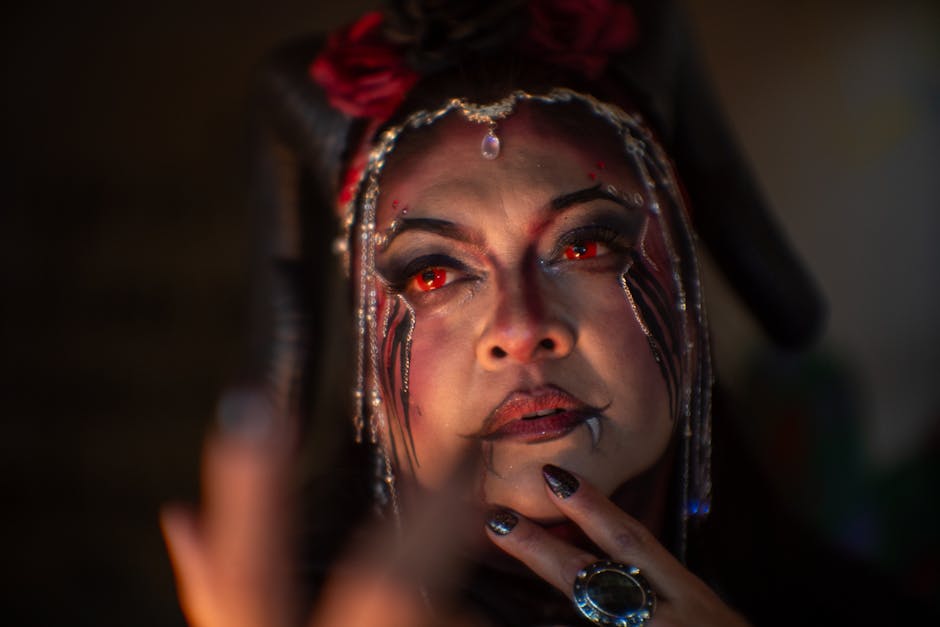Creative Storytelling for Brands: Crafting Compelling Narratives That Resonate
Storytelling has been an integral part of human communication since the dawn of time. From ancient cave paintings to modern-day novels, stories have the power to captivate, inspire, and connect people on a deep level. In the realm of marketing, storytelling plays a crucial role in shaping brand identity, building emotional connections with consumers, and driving engagement. This brings us to the concept of creative storytelling for brands a strategic approach that leverages the art of storytelling to create compelling narratives that resonate with audiences.
What sets creative storytelling apart from traditional marketing tactics is its emphasis on authenticity, emotional appeal, and creativity. By weaving narratives that speak to the values, aspirations, and emotions of consumers, brands can establish a stronger and more meaningful presence in the hearts and minds of their target audience. In this article, we will delve into the world of creative storytelling for brands, exploring its various dimensions, best practices, and the impact it can have on brand perception and consumer loyalty.
The Power of Storytelling in Brand Marketing

Storytelling is a powerful tool for brands to communicate their message, differentiate themselves from competitors, and engage with consumers on a deeper level. In the digital age, where attention spans are dwindling, and consumers are bombarded with marketing messages from all sides, a compelling narrative can cut through the noise and leave a lasting impression. By tapping into the emotional triggers that drive human behavior, brands can create stories that resonate with their target audience and compel them to take action.
One of the key advantages of storytelling in brand marketing is its ability to foster brand loyalty and advocacy. When consumers connect with a brand on a personal level, they are more likely to become loyal customers and brand ambassadors, spreading the word about their positive experiences to others. By crafting narratives that evoke emotions, inspire action, and align with the values of their target audience, brands can build a strong and enduring relationship with consumers that goes beyond transactional interactions.
The Elements of Effective Storytelling for Brands

Effective storytelling for brands is a delicate balance of art and science, combining creativity, strategy, and empathy to create narratives that resonate with audiences. There are several key elements that contribute to the success of a brand story, including:
1. Authenticity
Authenticity is the cornerstone of effective brand storytelling. Consumers are increasingly skeptical of traditional marketing tactics and are drawn to brands that are genuine, transparent, and honest in their communication. Authentic storytelling involves sharing real experiences, values, and beliefs that reflect the true essence of the brand. By staying true to their identity and principles, brands can build trust and credibility with consumers, fostering long-lasting relationships based on mutual respect.
2. Emotional Appeal
Emotions play a critical role in storytelling, as they have the power to elicit strong reactions and forge deep connections with audiences. Brands that tap into the emotional triggers of joy, sadness, fear, or hope can create narratives that resonate on a visceral level, leaving a lasting impression in the minds of consumers. By infusing their storytelling with empathy, compassion, and authenticity, brands can evoke emotions that drive engagement, loyalty, and advocacy among their target audience.
3. Consistency
Consistency is key to building a strong brand narrative that resonates with consumers over time. Brands that maintain a consistent voice, tone, and messaging across all touchpoints from social media posts to advertising campaigns to product packaging can create a cohesive and memorable story that reinforces brand identity and values. Consistency helps to build brand recognition, foster trust, and establish a sense of familiarity and reliability with consumers, ultimately driving brand loyalty and advocacy.
Real-Life Examples of Creative Storytelling for Brands

Many brands have successfully leveraged the power of storytelling to create compelling narratives that engage, inspire, and resonate with their target audience. Let’s take a look at some real-life examples of creative storytelling in brand marketing:
1. Nike: “Just Do It”
Nike is a powerhouse in the world of brand storytelling, known for its iconic “Just Do It” campaign that has inspired athletes and everyday people alike to push beyond their limits and achieve greatness. Through powerful narratives that celebrate the spirit of perseverance, determination, and triumph, Nike has built a brand story that speaks to the aspirations and dreams of its global audience. By featuring real athletes in its campaigns and showcasing their personal stories of overcoming obstacles and achieving success, Nike has created an emotional connection with consumers that goes beyond products and purchases.
2. Coca-Cola: “Share a Coke”
Coca-Cola’s “Share a Coke” campaign is a prime example of how storytelling can drive consumer engagement and brand loyalty. By personalizing its packaging with individual names and encouraging consumers to share a Coke with loved ones, Coca-Cola created a narrative of connection, happiness, and togetherness that resonated with people around the world. The campaign not only boosted sales and brand visibility but also fostered a sense of community and shared experience among consumers, reinforcing Coca-Cola’s position as a beloved and iconic brand.
3. Airbnb: “Belong Anywhere”
Airbnb is another brand that has mastered the art of storytelling, using narratives of travel, exploration, and connection to create a compelling brand story. Through its “Belong Anywhere” campaign, Airbnb celebrates the diversity, inclusivity, and richness of human experience, inviting travelers to step outside their comfort zones and embrace new cultures and perspectives. By showcasing real stories of hosts and guests who have forged meaningful connections and unforgettable memories through Airbnb, the brand has built a narrative of belonging, adventure, and discovery that resonates with its global community.
The Future of Creative Storytelling for Brands

As technology continues to evolve and consumer preferences shift, the landscape of brand storytelling is also changing. Brands are increasingly leveraging digital platforms, social media, and interactive content to create immersive and personalized storytelling experiences that capture the attention and imagination of their target audience. From virtual reality to augmented reality to AI-powered chatbots, the future of brand storytelling is boundless, offering endless opportunities for brands to engage with consumers in innovative and exciting ways.
One emerging trend in brand storytelling is the rise of user-generated content, where brands collaborate with their customers to co-create narratives that reflect their experiences, perspectives, and values. By empowering consumers to share their stories, brands can build a sense of community, authenticity, and trust that resonates with a wider audience and fosters brand loyalty and advocacy. User-generated content not only adds a personal touch to brand storytelling but also enhances engagement, credibility, and social proof, as consumers are more likely to trust recommendations and testimonials from their peers.
Expert Opinions on Creative Storytelling for Brands
We reached out to several marketing experts and thought leaders to gather their insights on the importance of creative storytelling for brands. Here’s what they had to say:
1. Jane Smith, Marketing Director at XYZ Agency
“In today’s crowded marketplace, brands need to stand out and make an emotional connection with consumers to drive engagement and loyalty. Creative storytelling is a powerful tool that allows brands to communicate their values, vision, and personality in a compelling and memorable way. By crafting narratives that resonate with their target audience and evoke emotions, brands can create a lasting impact and build a strong and loyal customer base.”
2. John Doe, CEO of ABC Branding Co.
“Storytelling is at the heart of effective brand communication, as it has the power to humanize brands, engage consumers on a deeper level, and differentiate them from competitors. Brands that invest in creative storytelling not only build stronger relationships with their customers but also create a sense of authenticity, trust, and loyalty that sets them apart in a crowded market. In an age where consumers crave meaningful experiences and connections, storytelling is the key to unlocking brand success.”
Conclusion
To wrap things up, creative storytelling for brands is a powerful and effective strategy for building brand identity, engaging with consumers, and driving loyalty and advocacy. By crafting compelling narratives that resonate with their target audience and evoke emotions, brands can create a lasting impact and forge strong relationships with their customers. As technology advances and consumer preferences evolve, the future of brand storytelling holds endless possibilities for brands to connect with consumers in innovative and immersive ways. In a world where attention is scarce and competition is fierce, creative storytelling is the key to capturing hearts, minds, and market share.
Long story short, storytelling is not just a marketing tactic it’s a fundamental aspect of human communication that has the power to inspire, educate, and connect people on a profound level. By harnessing the art of storytelling, brands can transform their message into a compelling narrative that resonates with their audience and leaves a lasting impression. So, the next time you think about your brand’s story, remember that the most powerful stories are not just told they are felt, experienced, and remembered.




